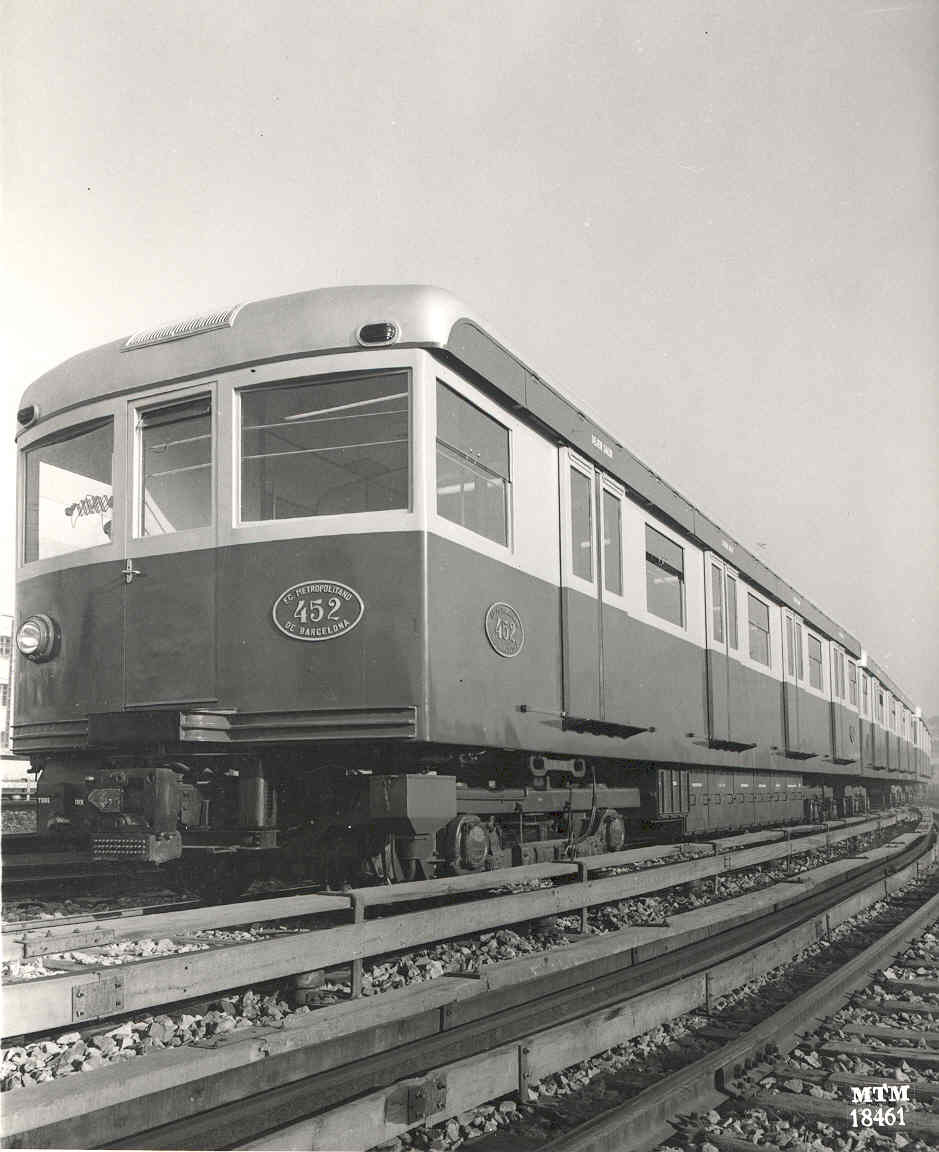
Metro de Barcelona: trens sèrie 400
Inici --> Metro de Barcelona: material mòbil --> Sèrie 400

Història i context de la Sèrie 400
La sèrie 400 del Metro Transversal de Barcelona té les seves arrels a mitjans dels anys cinquanta, en un període caracteritzat per un creixement sostingut en el nombre de viatgers i el desenvolupament de noves infraestructures, com la línia de Sagrera a Horta.
Aquest context demandava urgentment una expansió del parc de vehicles del sistema de metro, optant-se per models que mantinguessin similituds amb les existents sèries 200B, però incorporant millores tecnològiques significatives.
Disseny i adquisició
Es va planificar que els trens de la sèrie 400 operessin inicialment en configuracions de tres cotxes, amb la previsió d'estendre's a formacions de quatre i cinc cotxes. Al llarg d'una dècada, la companyia va adquirir un total de vuitanta cotxes, dividits en 60 motors i 20 remolcs. La diversitat en el temps d'adquisició va resultar en l'existència de tres tipologies diferents per als cotxes motors i dues per als remolcs.
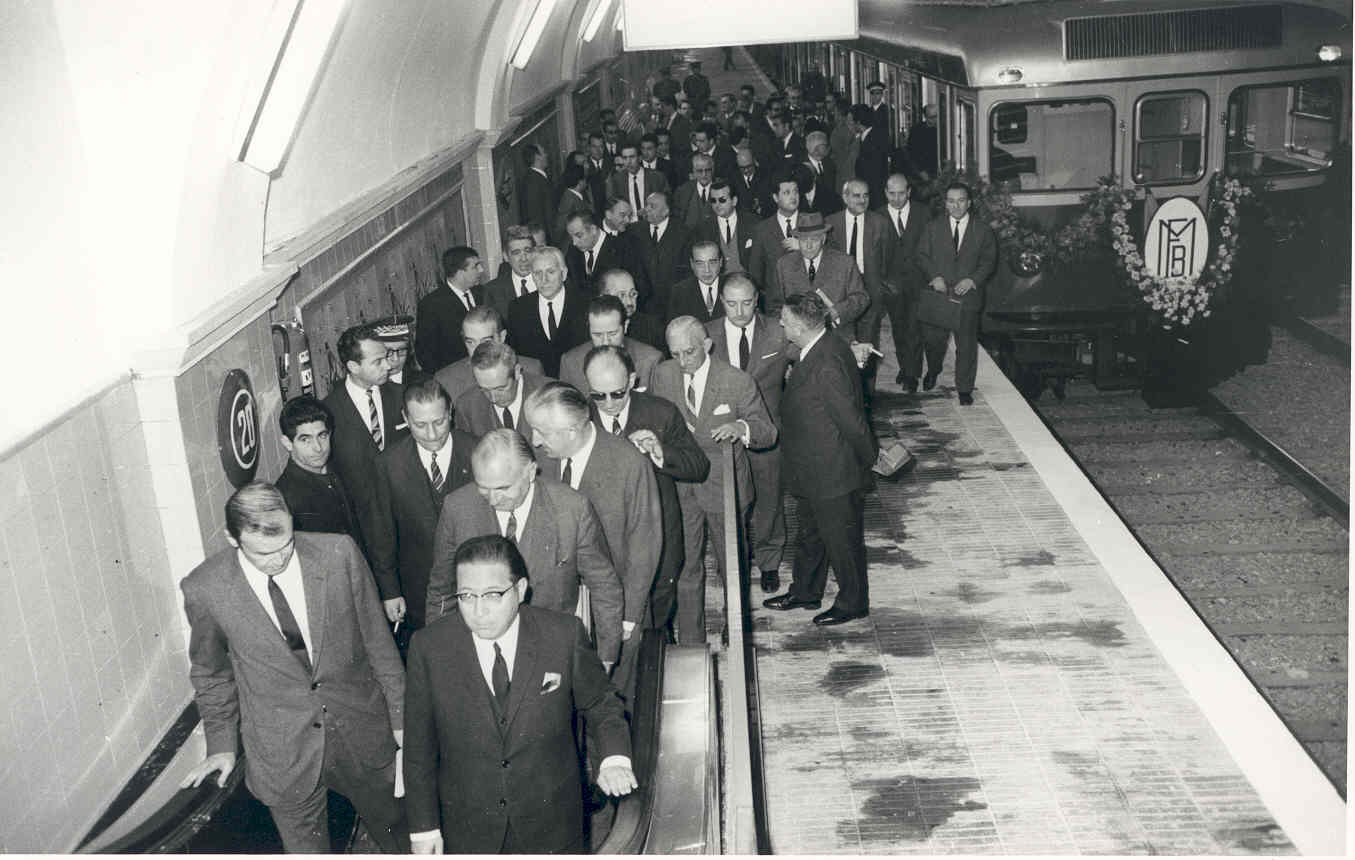

Configuracions i tipologies
- Tipus 1: compost per deu trens triples, amb els primers vehicles numerats del 401 al 410 i els remolcs R 1-10. Van entrar en servei l'any 1958. Posteriorment, el 1964, es van renumerar per mantenir un sistema organitzat.
- Tipus 2: abastava vint cotxes motors de dues cabines, numerats del 421 al 440, diferenciant-se del model anterior en ajustos de disseny. Van començar el seu servei el 1965.
- Tipus 3: similar en disseny al tipus 2, va incloure deu trens triples amb la mateixa configuració de motors i remolcs. Van començar el seu servei entre 1965 i 1968.
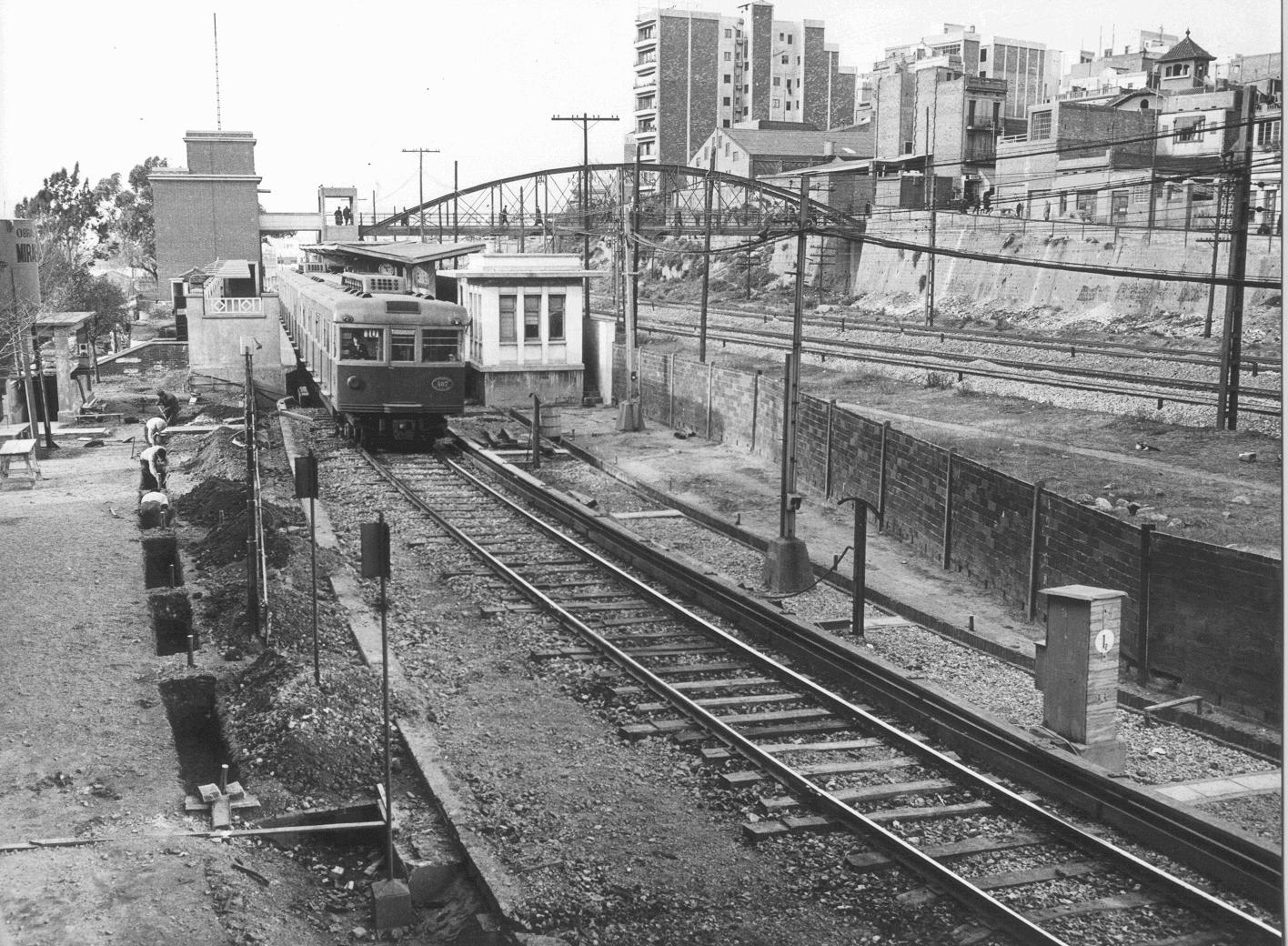
Característiques i capacitats
Cada cotxe motor pesava 43.500 kg en buit i 56.045 kg en servei, amb capacitat per a 193 passatgers, ajustant-se a 190 per als models de dues cabines. Els motors de tracció eren de 130 HP i el vehicle incloïa tres sistemes de frenada: mecànic, d'aire comprimit i elèctric reostàtic. La carrosseria era completament metàl·lica, amb quatre grans portes dobles i finestres que variaven en material i disseny segons el tipus.
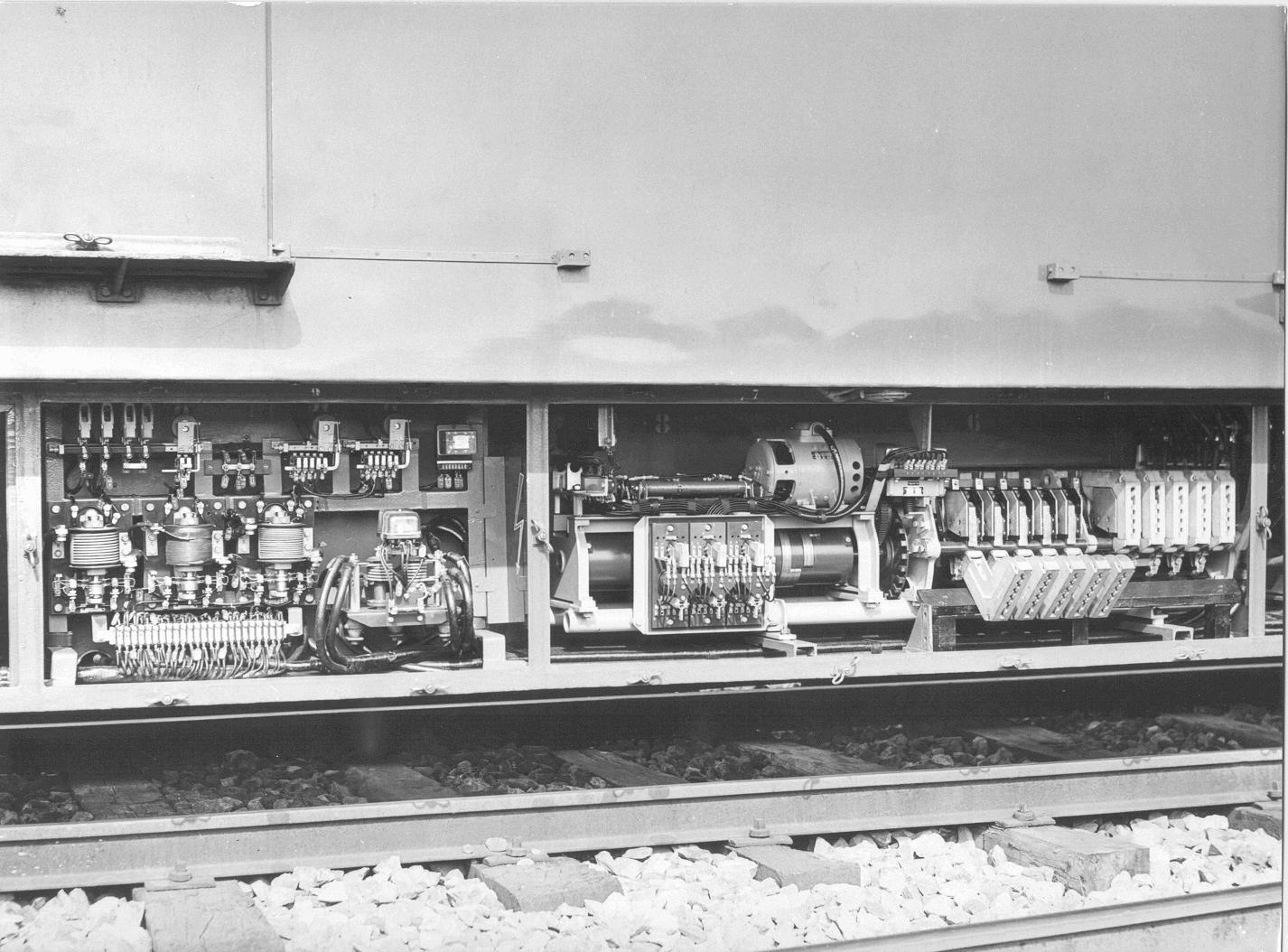
Operació i modificacions
El primer tren de la sèrie, compost pel motor 401, el remolc R-1 i el motor 451 va realitzar el primer viatge oficial el 23 de desembre de 1958. Els trens van començar a operar en formacions de tres cotxes, però amb el temps i les modificacions en la infraestructura, com l'extensió d'andanes, es van adaptar per operar en formacions de cinc cotxes. Es van realitzar modificacions significatives en les cabines, la il·luminació, i les portes per millorar la funcionalitat i l'estètica dels cotxes.
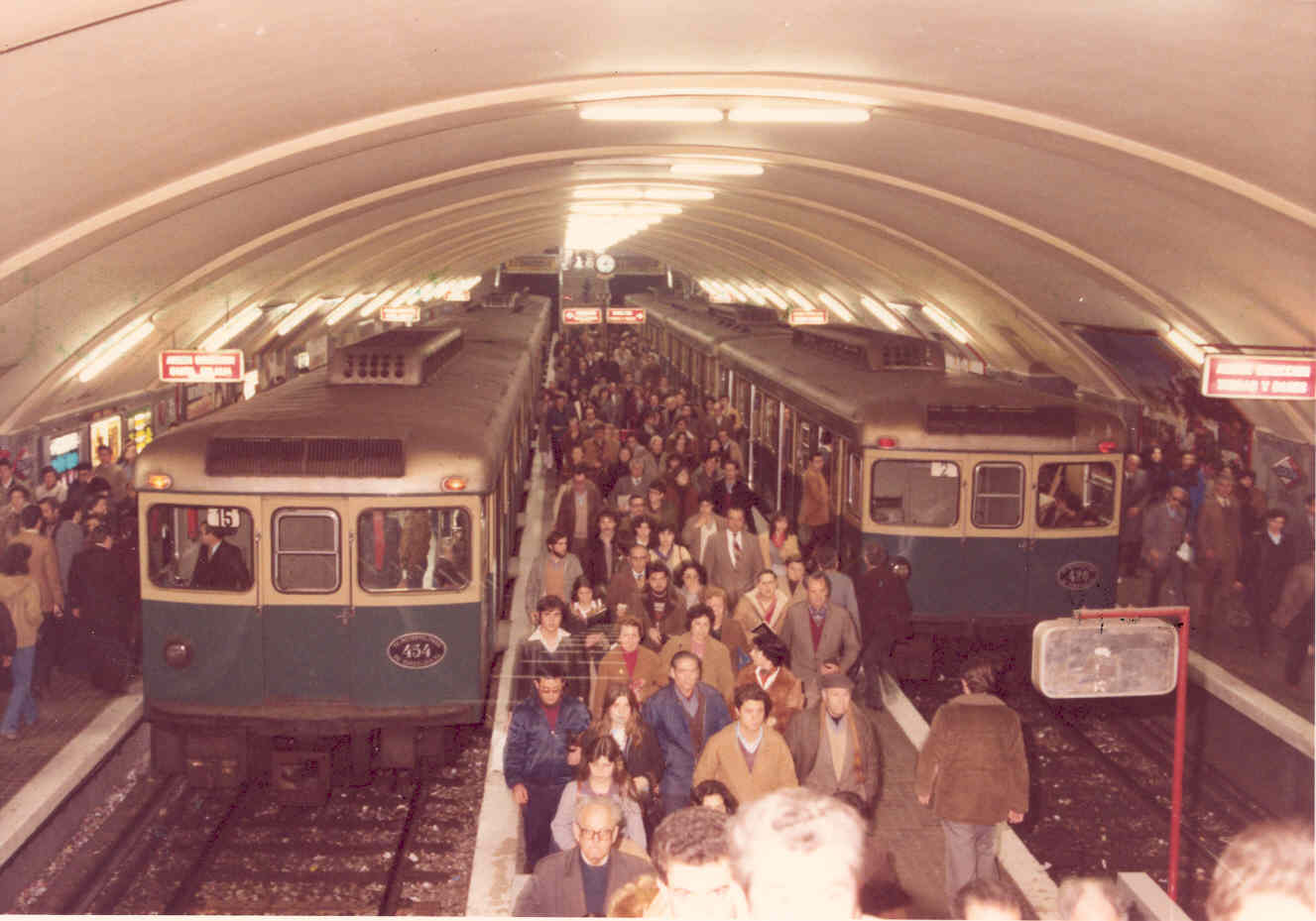
Retirada i conservació
Amb l'arribada dels nous trens de la sèrie 4000, es va decidir donar de baixa tot el parc de material antic. L'últim servei regular de la sèrie 400 va ser l'octubre de 1989. A partir d'aleshores només van realitzar algun servei de reforç puntual, amb els cotxes sent gradualment retirats i desmantellats entre 1988 i 1992.
Només el cotxe M-425 es va conservar, tot i que amb les plaques del M-433. Aquest va quedar emmagatzemat als tallers de Sagrera a causa de limitacions estructurals que impedien el seu moviment, fins que el 2018 va ser parcialment desmuntat per ser portat al dipòsit del "Triangle ferroviari", en espera d'una possible restauració.

Restauració del 2024
A causa de la necessitat de disposar de material per celebrar el 100 aniversari de la inauguració del Metro de Barcelona, el 2024 es va licitar un projecte de restauració que va incloure cinc cotxes de diferents sèries, entre ells el de la sèrie 400.
El projecte va contemplar una extensa rehabilitació que abastava des de la neteja fins a la reparació de components estructurals i la renovació estètica per retornar el cotxe al seu estat original després de la seva última operació.
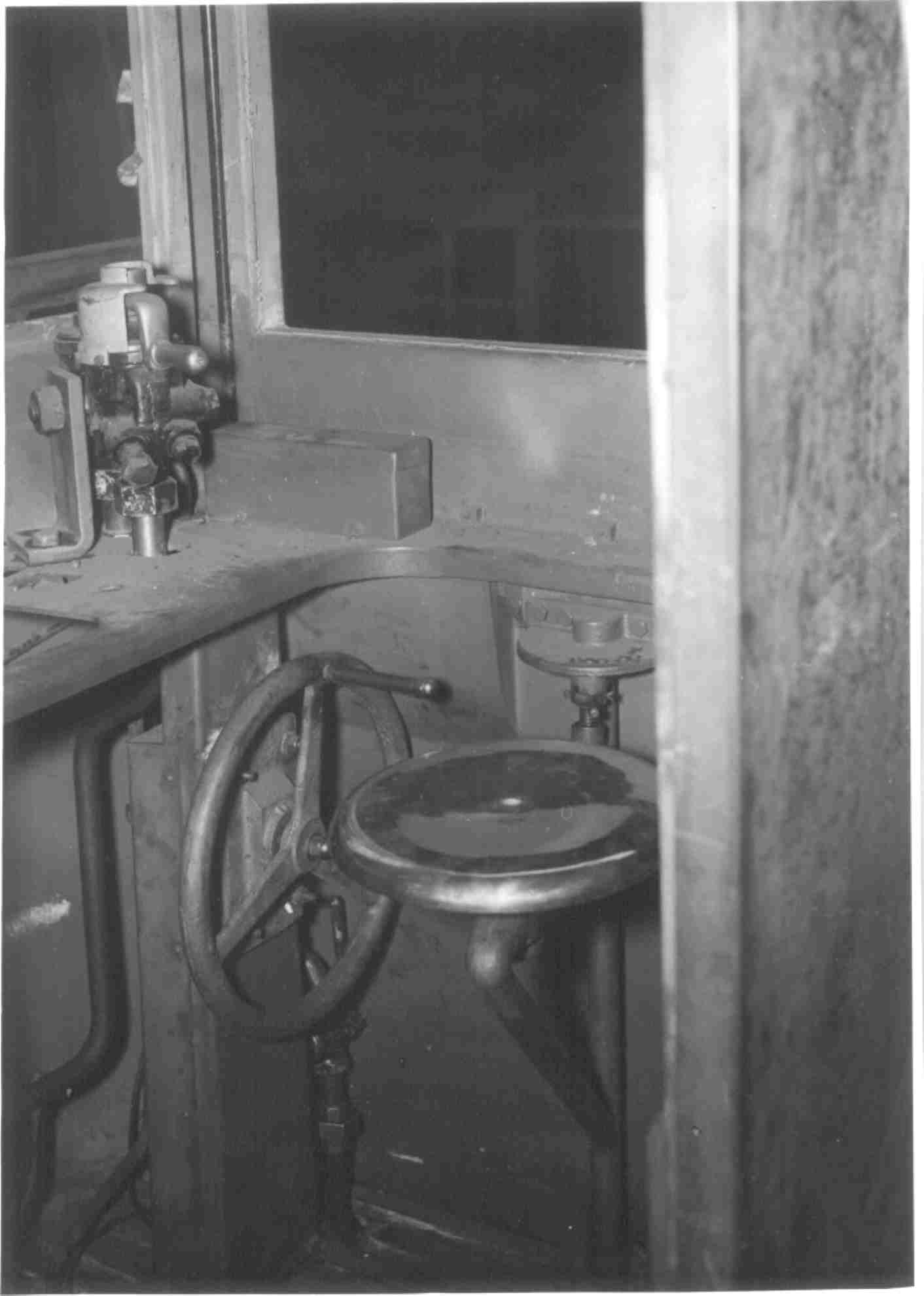
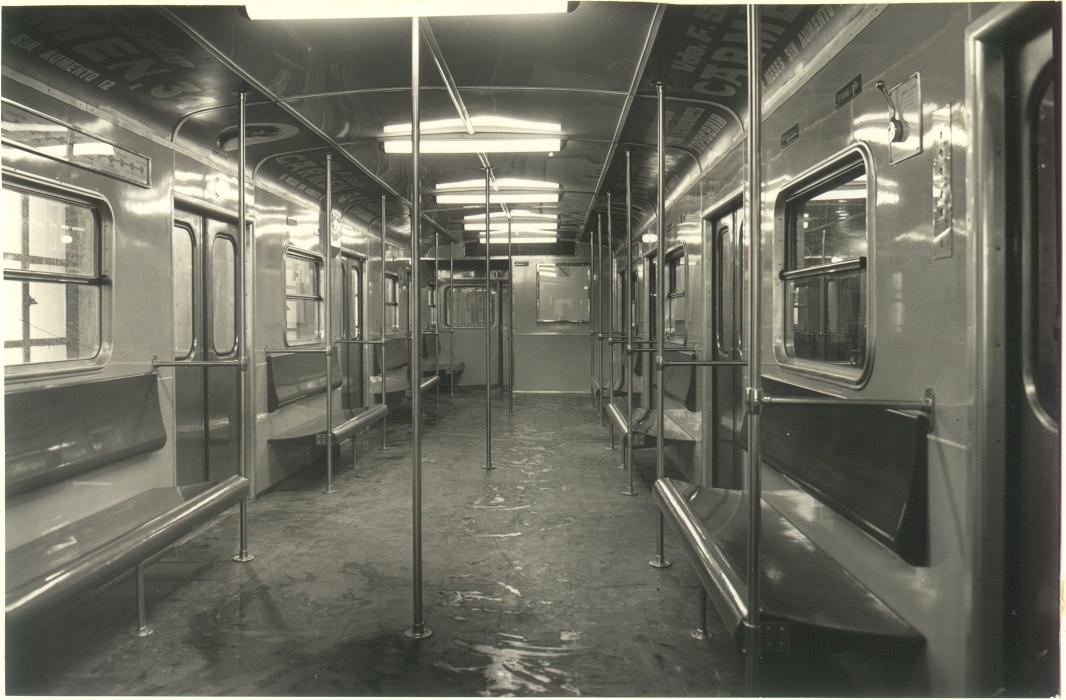
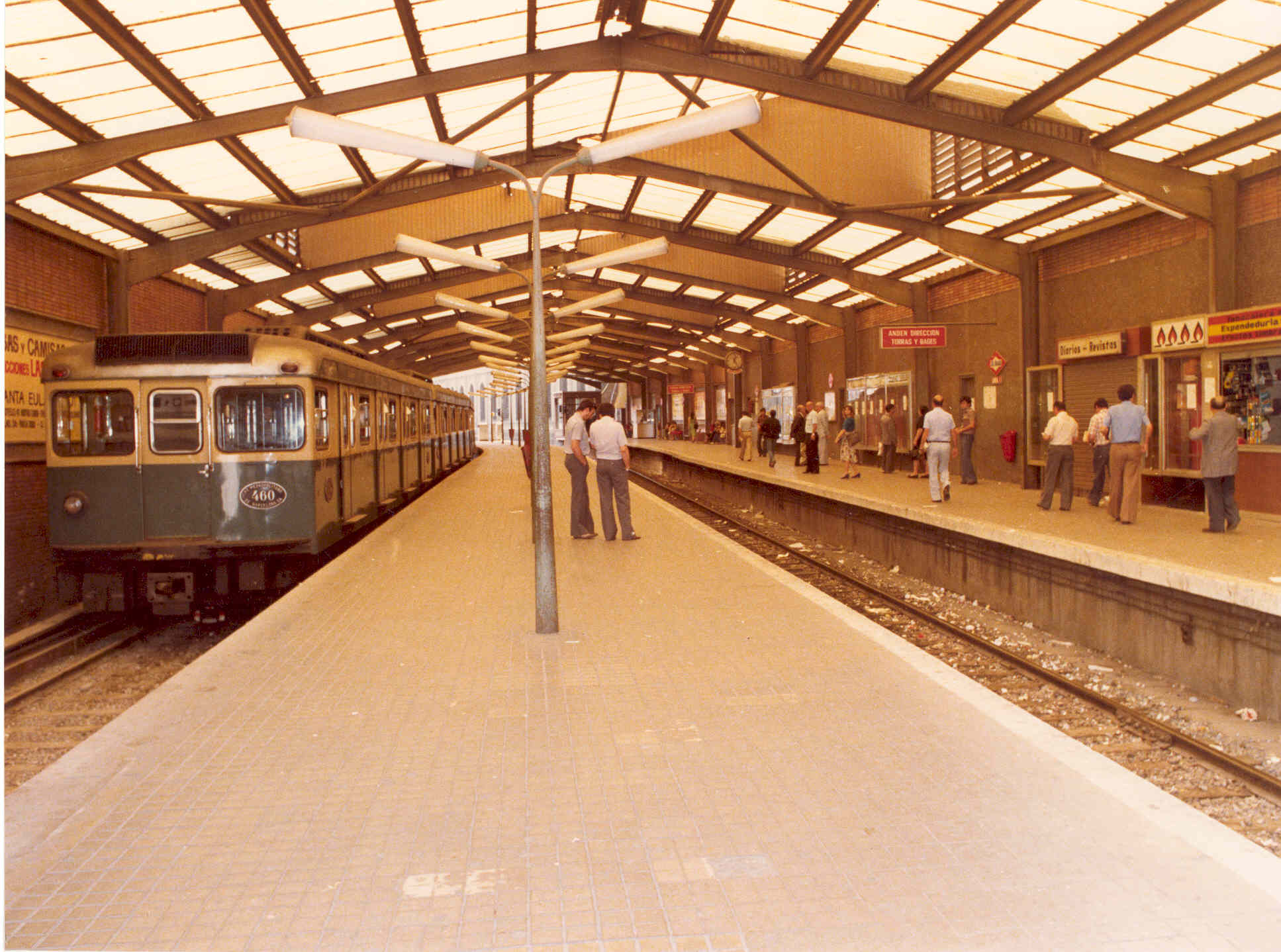
| CARACTERÍSTIQUES TÈCNIQUES PRINCIPALS | |
|---|---|
| Unitats construïdes | 60 cotxes motors i 20 remolcs. |
| Anys de recepció | 1958/1968 |
| Pes cotxe motor en buit | 43.500 Kg |
| Pes remolc en buit | 28.200 Kg |
| Pes cotxe motor en servei | 56.045 Kg |
| Pes remolc en servei | 40.745 Kg |
| Frenos | Mecànic (accionat per volant), Aire comprimit (automàtic) i Elèctric (reostàtic) |
| Motors | 4 cada cotxe model GDTM-0400 de 130 HP cada un |
| Presa de corrent | Tercer carril, captació per sobre d'aquest. Corrent contínua de 1500 V |
| Enganxall | Unificat, Tomlinson, amb barra fixa opcional |
| Il·luminació | 6 tubs fluorescents |
| Longitud entre testers | 16.500 mm |
| Amplada de la caixa | 3.140 mm |
| Capacitat de viatgers | 30-36 asseguts i 160 de peu |

